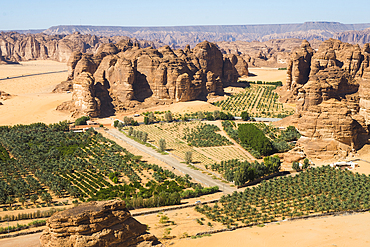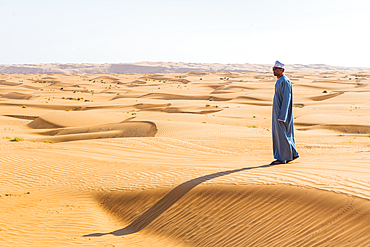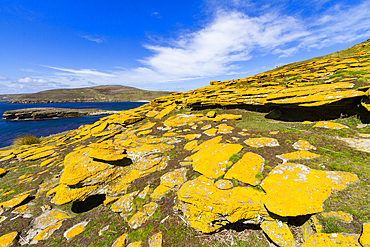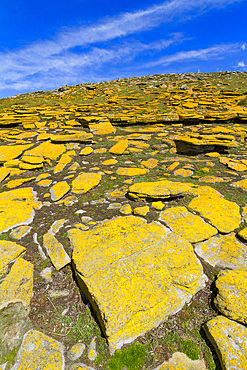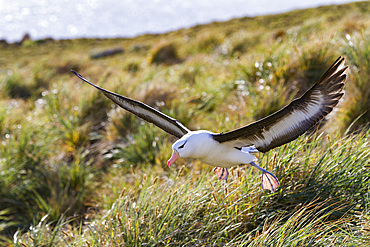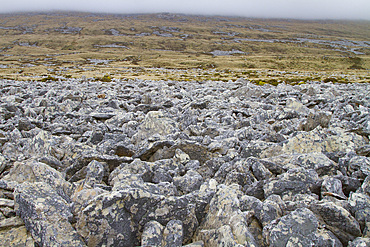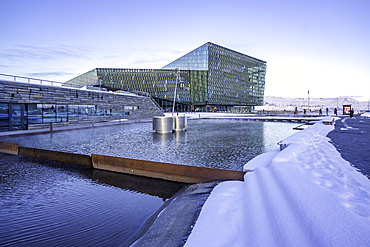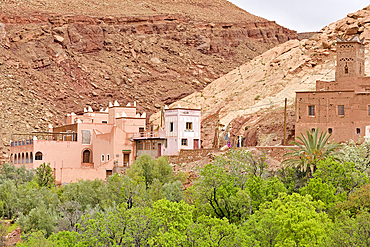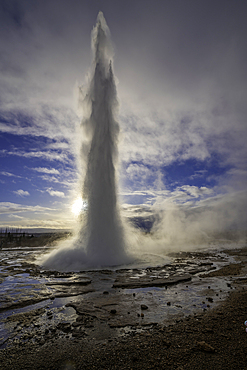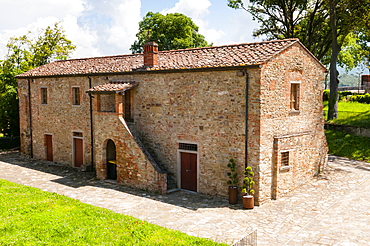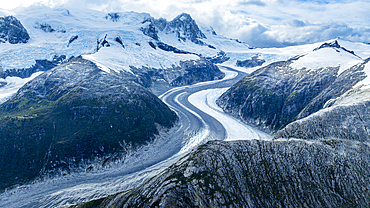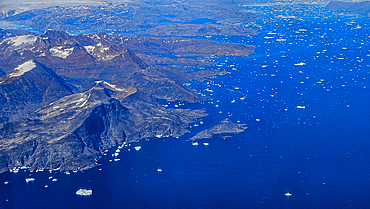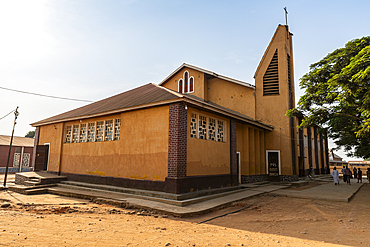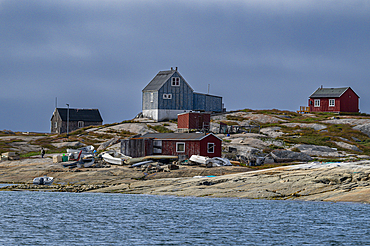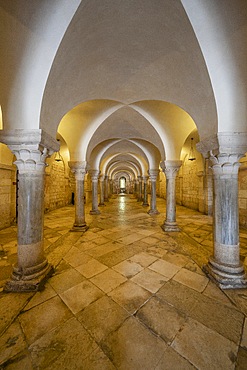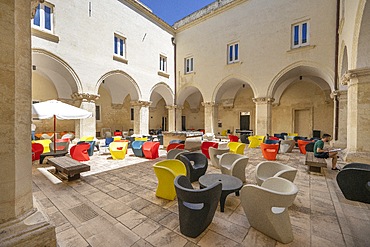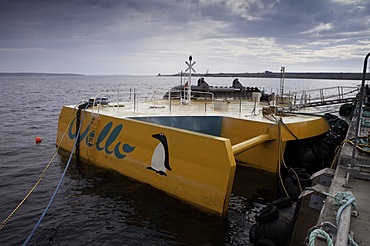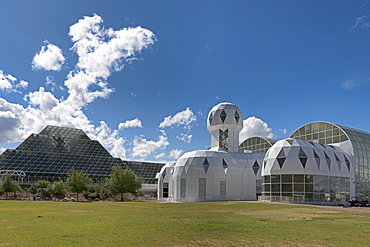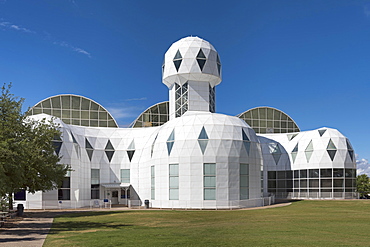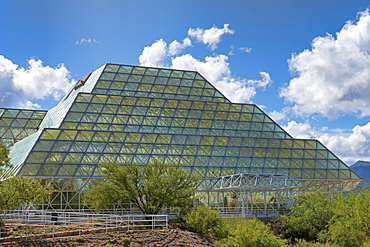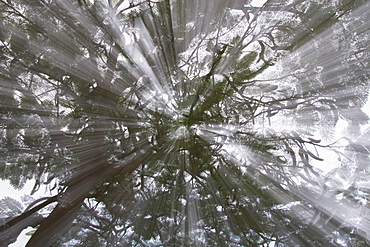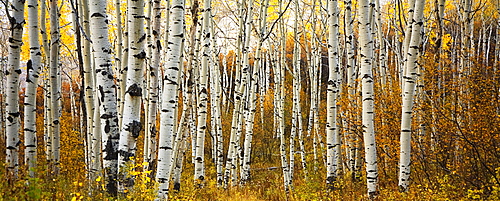Results
« Previous 1 … 5 6 7
642 results found
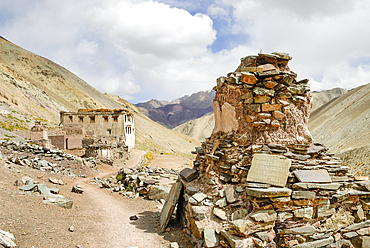
Chortens (stupa) in front of a isolated guesthouse, Yurutse valley, Hemis National Park, Ladakh region, state of Jammu and Kashmir, India, Asia
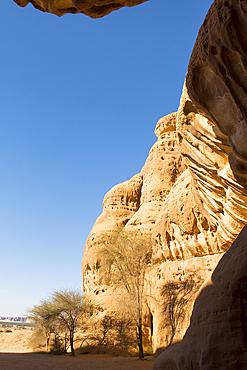
Entrance of the passage through the Siq channel at Jabal Ithlib area of Hegra (Madain Salih), UNESCO, AlUla, Medina Province, Saudi Arabia
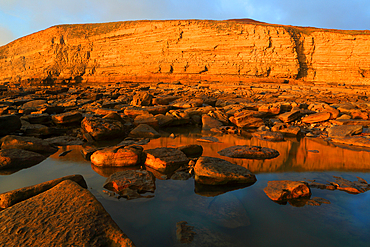
Golden evening light on the cliffs in winter at Dunraven Bay, Southerndown, Bridgend, South Wales, United Kingdom
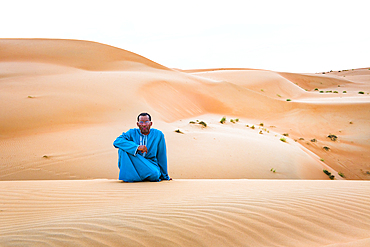
Man standing on a dune in the Sharqiya Sands, formerly known as Wahiba Sands, desert region in Sultanate of Oman
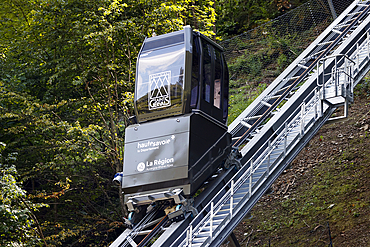
The new elevator of the thermal baths using a wastewater-based system, Saint Gervais, Haute-Savoie, France
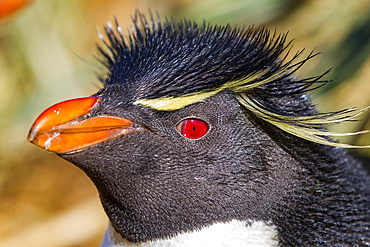
Adult rockhopper penguin (Eudyptes chrysocome chrysocome) at breeding and molting colony on New Island, Falkland Islands
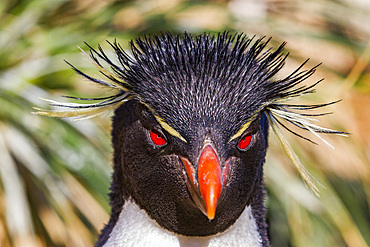
Adult rockhopper penguin (Eudyptes chrysocome chrysocome) at breeding and molting colony on New Island, Falkland Islands
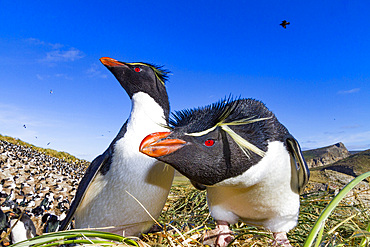
Adult rockhopper penguins (Eudyptes chrysocome chrysocome) at breeding and molting colony on New Island, Falkland Islands
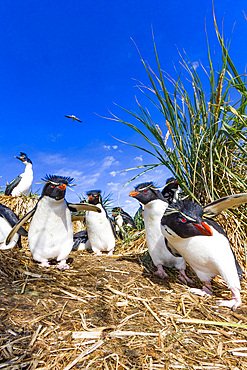
Adult rockhopper penguins (Eudyptes chrysocome chrysocome) at breeding and molting colony on New Island, Falkland Islands
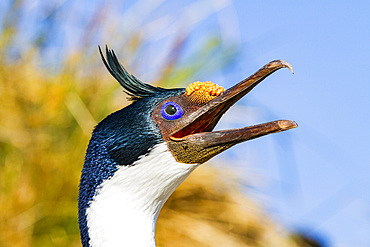
Adult Imperial Shag (Phalacrocorax (atriceps) atriceps) exhibiting intense breeding plumage, New Island, Falkland Islands
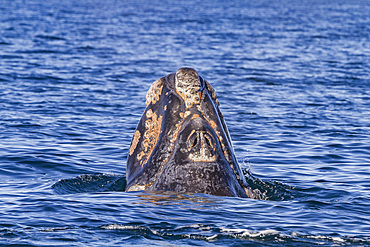
Southern right whale (Eubalaena australis) calf surfacing near Puerto Pyramides, Golfo Nuevo, Peninsula Valdez, Argentina
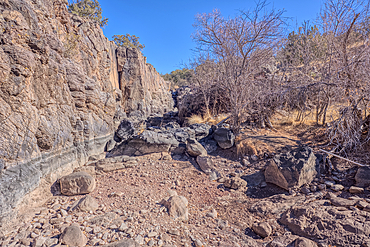
Basalt boulders and cliffs, Johnson Canyon between Bainbridge Steel and Stone Dams, Kaibab National Forest, Arizona, United States of America
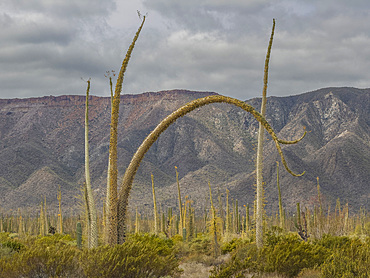
Boojum tree (Fouquieria columnaris), just outside Bahia de los Angeles, Baja California, Sea of Cortez, Mexico, North America
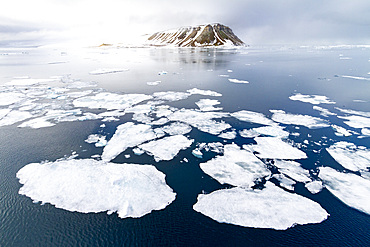
Views of Bjornsundet (Bear Sound), near the island of Spitsbergen in the Svalbard Archipelago, Norway, Arctic, Europe
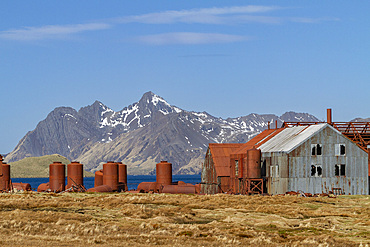
Views of the abandoned whaling station in Stromness Bay on South Georgia in the Southern Ocean, Polar Regions
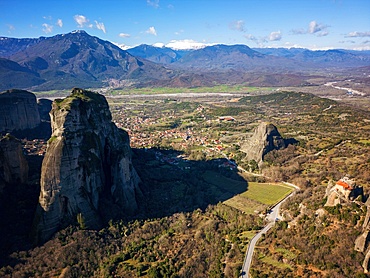
Drone aerial view of Meteora and ancient holy Monastery of Saint Nicholas Anapafsas, UNESCO, Kalabaka, Greece
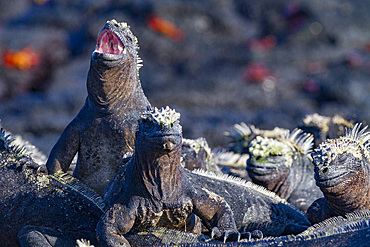
The endemic Galapagos marine iguana (Amblyrhynchus cristatus) in the Galapagos Island Archipelago, UNESCO World Heritage Site, Ecuador, South America
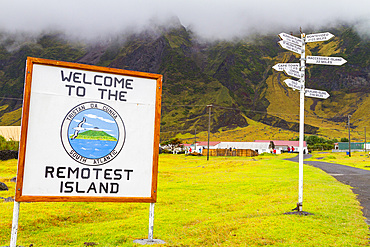
View of Welome sign and signpost on Tristan da Cunha, the most remote inhabited location on Earth, Tristan da Cunha, South Atlantic Ocean
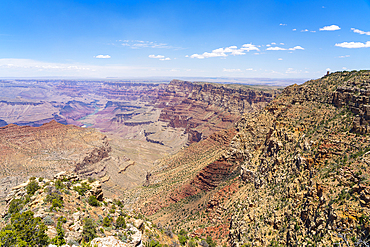
Grand Canyon, Navajo Point, Grand Canyon National Park, UNESCO World Heritage Site, Arizona, United States of America, North America
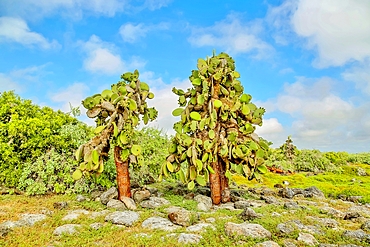
Opuntia (Prickly Pear) cacti on South Plaza island, Galapagos, UNESCO World Heritage Site, Ecuador, South America

Bangkok, Thailand - March 2, 2025: Dog statue in front of ChangChui Creative Park neon sign in Bangkok, Thailand.
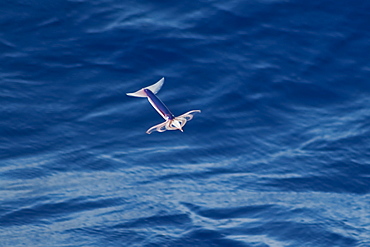
Flying Squid Species in mid-air (Ommastrephes bartramii). Extremely rare unusual image. South Atlantic Ocean. MORE INFO: Flying Squid use membranes between their tentacles (visible on pic) & two fins at the rear of the mantle to glide through the air in a similar way to flying fish. These unique adaptations allow them to avoid predation more easily. Ommastrephid squids are among the strongest swimmers in the Cephalopoda. A number of species are fished commercially. This particular species (Ommastrephes bartramii), is commonly known as "Neon Flying Squid" due to its colouration and its ability to glide over the ocean surface as seen in the photographs. Please note that this is a genuine image of a wild animal in its natural environment. It is not a digital manipulation.
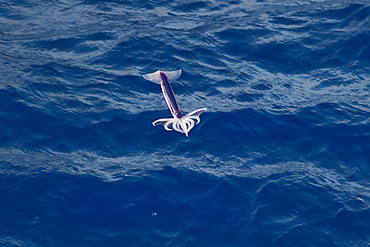
Flying Squid Species in mid-air (Ommastrephes bartramii). Extremely rare unusual image. South Atlantic Ocean. MORE INFO: Flying Squid use membranes between their tentacles (visible on pic) & two fins at the rear of the mantle to glide through the air in a similar way to flying fish. These unique adaptations allow them to avoid predation more easily. Ommastrephid squids are among the strongest swimmers in the Cephalopoda. A number of species are fished commercially. This particular species (Ommastrephes bartramii), is commonly known as "Neon Flying Squid" due to its colouration and its ability to glide over the ocean surface as seen in the photographs. Please note that this is a genuine image of a wild animal in its natural environment. It is not a digital manipulation.
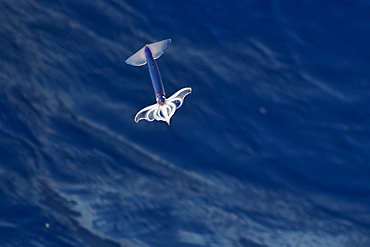
Flying Squid Species in mid-air (Ommastrephes bartramii). Extremely rare unusual image. South Atlantic Ocean. MORE INFO: Flying Squid use membranes between their tentacles (visible on pic) & two fins at the rear of the mantle to glide through the air in a similar way to flying fish. These unique adaptations allow them to avoid predation more easily. Ommastrephid squids are among the strongest swimmers in the Cephalopoda. A number of species are fished commercially. This particular species (Ommastrephes bartramii), is commonly known as "Neon Flying Squid" due to its colouration and its ability to glide over the ocean surface as seen in the photographs. Please note that this is a genuine image of a wild animal in its natural environment. It is not a digital manipulation.
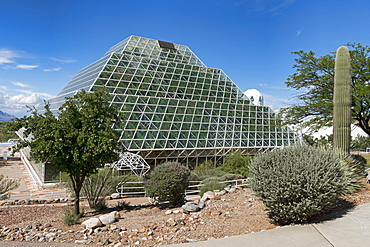
Biosphere 2, self-sustaining ecosystem, cactus in front of facility with tropical rainforest, Oracle, Arizona, USA, North America
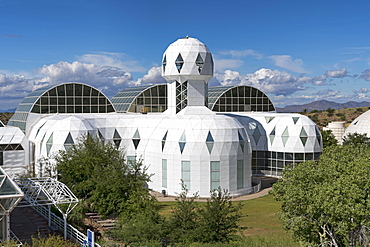
Biosphere 2, self-sustaining ecosystem, lodgings of mission's scientists, Oracle, Arizona, USA, North America
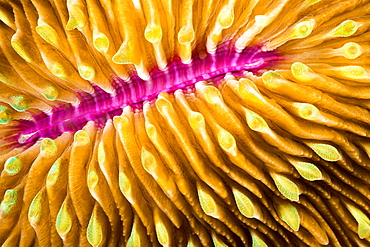
Mouth detail of a colorful and healthy mushroom coral (Fungia fungites) that is growing on a tropical coral reef. Mushroom coral is unique in the coral world, in that it does not attach itself to the bottom, Philippines
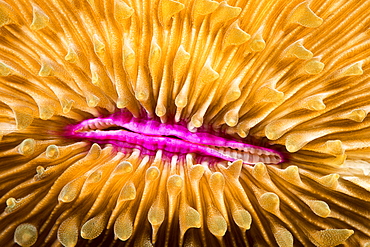
Mouth detail of a colourful and healthy Mushroom coral, Fungia fungites, that is growing on a tropical coral reef in the Philippines. Mushroom coral is unique in the coral world, in that it does not attach itself to the bottom, Philippines

Ecuador, Galapagos Archipelago, Santa Cruz Island, Young boy photographing Galapagos Giant Tortoise (Geochelone elephantopus).
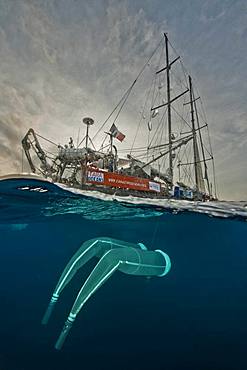
Tara Oceans Expeditions - May 2011. Tara with deployed plancton nets. On "station", the boat is drifting without engine or sails. Tara Oceans, a unique expedition: Tara Oceans is the very first attempt to make a global study of marine plankton, a form of sea life that includes organisms as small as viruses and bacterias, and as big as medusas. Our goal is to better understand planktonic ecosystems by exploring the countless species, learning about interactions among them and with their environment. Marine plankton is the only ecosystem that is almost continuous over the surface of the Earth. Studying plankton is like taking the pulse of our planet. Recently, scientists have discovered the great importance of plankton for the climate: populations of plankton are affected very rapidly by variations in climate. But in turn they can influence the climate by modifying the absorption of carbon. In a context of rapid physico-chemical changes, for example the acidification observed today in the world's oceans, it is urgent to understand and predict the evolution of these particular ecosystems. Finally, plankton is an astonishing way of going back in time ? a prime source of fossils. Over the eons, plankton has created several hundred meters of sediment on the ocean floors. This allows us to go back in time, to the first oceans on Earth, and better understand the history of our biosphere. More than 12 fields of research are involved in the project, which will bring together an international team of oceanographers, ecologists, biologists, geneticists, and physicists from prestigious laboratories headed by Eric Karsenti of the European Molecular Biology Laboratory. Galapagos
